The rest of Haynie’s essay consists of an in-depth, complex analysis of the streetcar system, including two ideas that might not be easily comprehensible to people unknown to the subject: metric reach and directional reach. Haynie refers to these ideas many times to explain the placement of certain rails. She explains that the streetcar system was built mostly focusing on the “shifting directional reach core structure of the city”. Haynie then explains what has essentially caused the system to fail, including cost and the advancement of the car.
Her essay ends with several detailed maps of the advancement of the streetcar system through time. The maps help illustrate the relationship between the growth of the streetcar and directional reach.
I chose this source because I believe it is informative on the topic of public transportation, and the fact that the streetcar was built in relation to old railroads is similar to the construction of the Beltline. Gravel wrote in his book on the Beltline, Where We Want to Live, that the eventual plan to the beltline is to build some sort of railway system. This essay contributes to that conversation with the previous history of Atlanta’s streetcar system, and how directional reach affected the density of our street structure in the city.
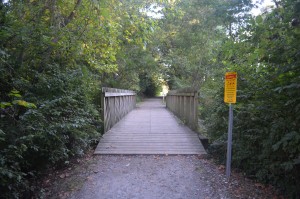
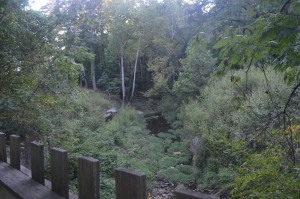
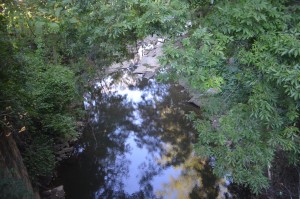
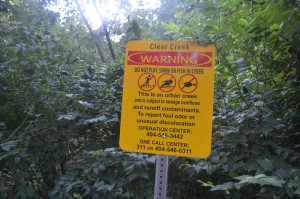

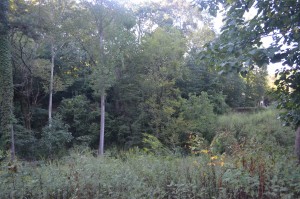
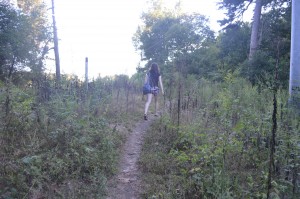

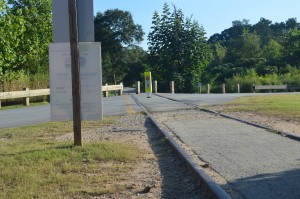
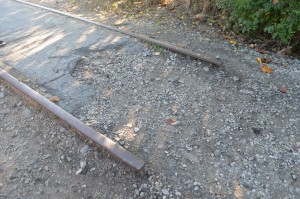
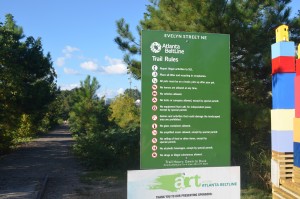
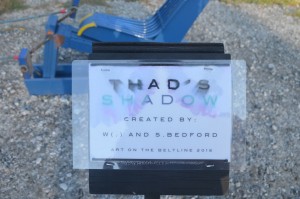

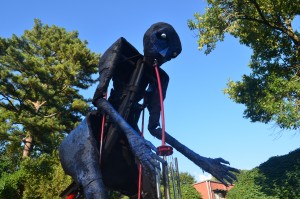
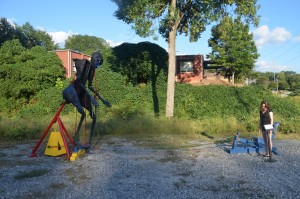
Recent Comments